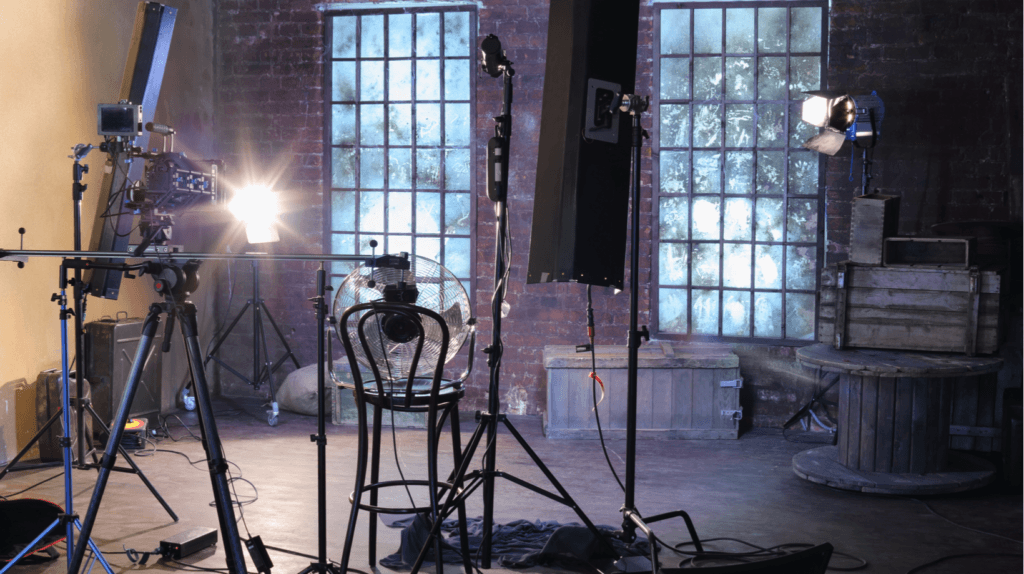

The Send Message widget can be used to send an outbound SMS to a user who is in your Flow. They represent pieces of logic, and can connect to each other via Transitions. Widgets are individual items that can be dragged onto the Flow canvas. You can create a Flow to handle inbound Voice calls by playing a prerecorded message. Here are a few of the key terms that will help you as you get started with Studio:įlows are individual workflows that you create. You can start using Studio by logging in and visiting the Studio homepage in the Twilio console.
 Organize Use Cases and Logic in Separate Flows. View Executions (Individual runs through flows). Define Transitions to Advance Users through Flows. Manage Widget Settings with the Inspector Panel. Create, Modify, and Deploy Flows (Workflows). Trigger Flows via Inbound SMS, Inbound Voice Calls, and Webhooks. Designers can make swift UX modifications, copywriters can implement their own changes to messaging, and developers can delegate work to others and focus on building more complex features (such as calling Twilio Functions). Studio is designed for use by cross-functional teams, and it provides a common framework for everyone to do the work they need to do. When to use Twilio Studio?Īny builder on your team can use Twilio Studio to quickly and easily create and modify flows. Companies can now fast-track their customer engagement roadmap using the creative talent of all builders within their organization. Twilio Studio is a visual low-code/no-code tool that enables cross-functional teams to design, deploy, and scale customer communications.
Organize Use Cases and Logic in Separate Flows. View Executions (Individual runs through flows). Define Transitions to Advance Users through Flows. Manage Widget Settings with the Inspector Panel. Create, Modify, and Deploy Flows (Workflows). Trigger Flows via Inbound SMS, Inbound Voice Calls, and Webhooks. Designers can make swift UX modifications, copywriters can implement their own changes to messaging, and developers can delegate work to others and focus on building more complex features (such as calling Twilio Functions). Studio is designed for use by cross-functional teams, and it provides a common framework for everyone to do the work they need to do. When to use Twilio Studio?Īny builder on your team can use Twilio Studio to quickly and easily create and modify flows. Companies can now fast-track their customer engagement roadmap using the creative talent of all builders within their organization. Twilio Studio is a visual low-code/no-code tool that enables cross-functional teams to design, deploy, and scale customer communications.






 0 kommentar(er)
0 kommentar(er)
